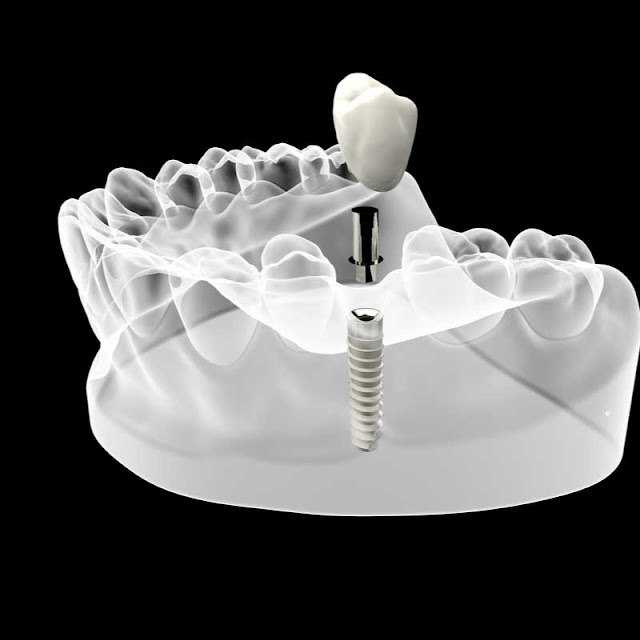Steps for Implant Placement | Long-Lasting Dental Implants Houston

Are you planning for a dental implant? If you have lived with a lost tooth or have just lost a tooth due to an accident or infection, or your dentist has recommended an implant, you will most likely be surprised by the steps of the dental implant procedure.
What happens first? How long will that take? How many visits does it take?
This article describes the three main steps to obtaining a dental implant. Remember that the first step in the implementation process is always a free consultation. Learn more about the options, discuss pricing and financing options, and get to know your dental team before you make a decision.
If you haven't already done so, stop reading and plan your free consultation. Then stay put and finish this article. Assuming you have already completed or booked your appointment, let's start with the actions of the dental implant procedure.
Step 1: Implant Placement
When your tooth is removed, and you want to replace it, the first step is to install the implant. The dentist will surgically look and place the implant in the upper or lower jaw. It requires some drilling because the implant must be perfectly integrated into the jaw bone, acting as the root of a new tooth.
Implantation success depends upon the real experience of a dental implant specialist or an oral surgeon. There are many nerves in the mouth, and the dentist's job is to make sure the implant penetrates without damaging these nerves. It requires an in-depth knowledge of the mouth, with the help of technology and years of experience.
When fixing the implant, a "healing cap" is placed to protect it during step two. It is important to remember that a bone graft may be necessary before or during implant placement. If necessary, your oral surgeon will discuss this with you in advance.
No matter how many stages your dentist takes to place the implant or what type of prosthesis you choose, you may experience pain, minimal bleeding, swelling, and possibly some bruising. If one of these concerns you or it seems to be lasting longer than expected, contact your dentist to schedule a checkup.
STEP 2: Osseointegration and Healing
It is time to heal after implantation, this is essential during the phases of the implantation procedure. It is necessary so that the upper jaw can develop around the implant. It takes time, but it makes the implant so stable, so it is recommended that implants be the best option for long-term dentures.
Osseointegration is a great word for "connecting" an implant to the jaw bone. The bone grows around the implant to strengthen it like other teeth.
This process can take several months. Don't worry; you have a "healing cap" that protects the implant during healing and a temporary crown so that it doesn't look like a missing tooth in the process. However, it’s beneficial if you take care of your implant the same way you care for natural teeth. It would help if you were flossing daily, brushing 2-3 times a day, and rinsing with non-alcoholic substances. Also, do have a regular checkup with your dentist every six months.|
STEP 3: Tooth Replacement
It is the step you've been waiting for! The dentist creates a personalized crown for you that looks, feels, and acts as your new tooth. When replacing multiple teeth, you may need a denture or a bridge instead of a crown.
Also, after the period of healing and care, the implant will be exposed surgically, and the abutment will then be attached to the titanium screw (implant). It may take more than two weeks for the recently exposed tissue to be healed, after which the dentist will make an impression of the teeth to fit your dental crown.
The most important part of this step is to leave the dentist's office with a new tooth. No one can ever say that you have ever missed a tooth. The process and procedure are completed. Congratulations!
There are many different options on the market when it comes to restoring a missing tooth, each with its own advantages. At Nu Dentistry, we believe that dental implants are the best option over any other alternatives, including traditional dental bridges and dentures.




Comments
Post a Comment